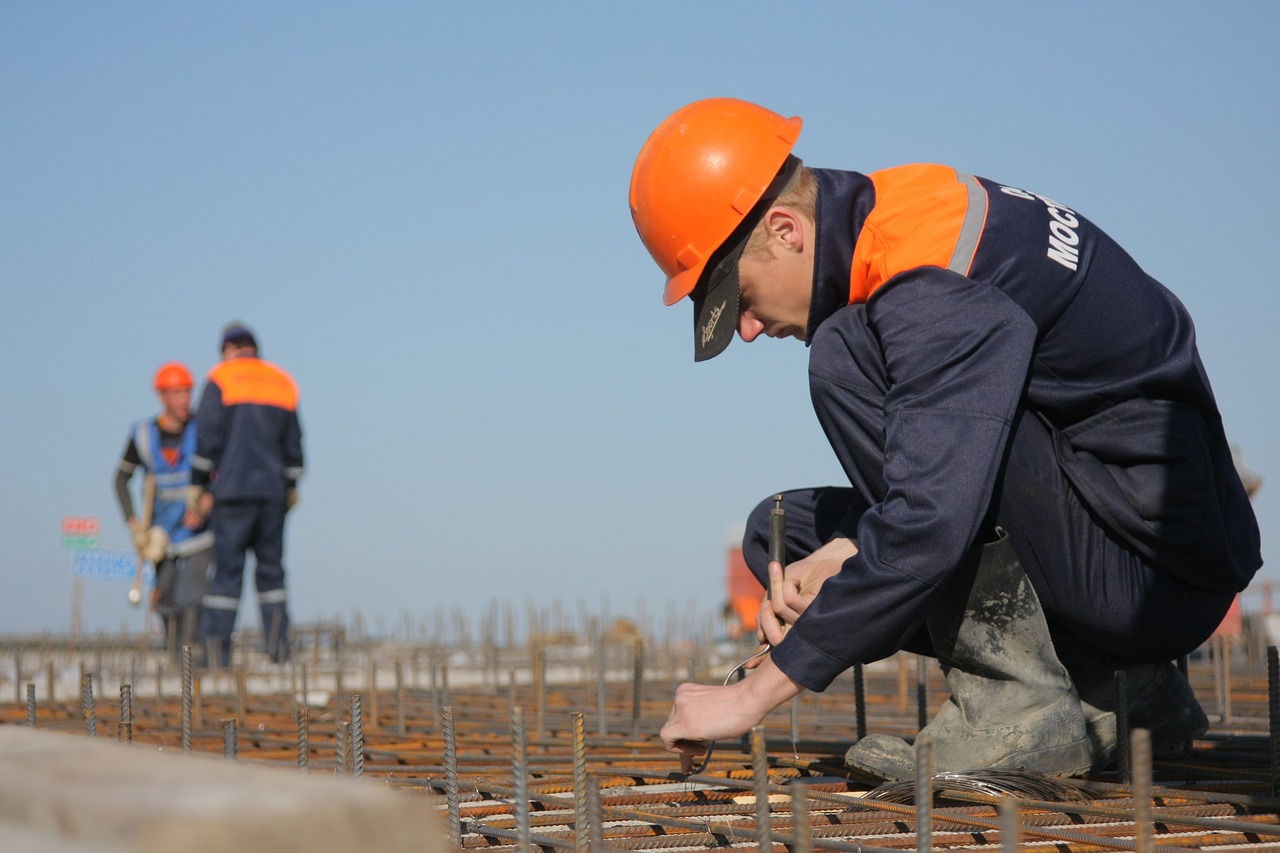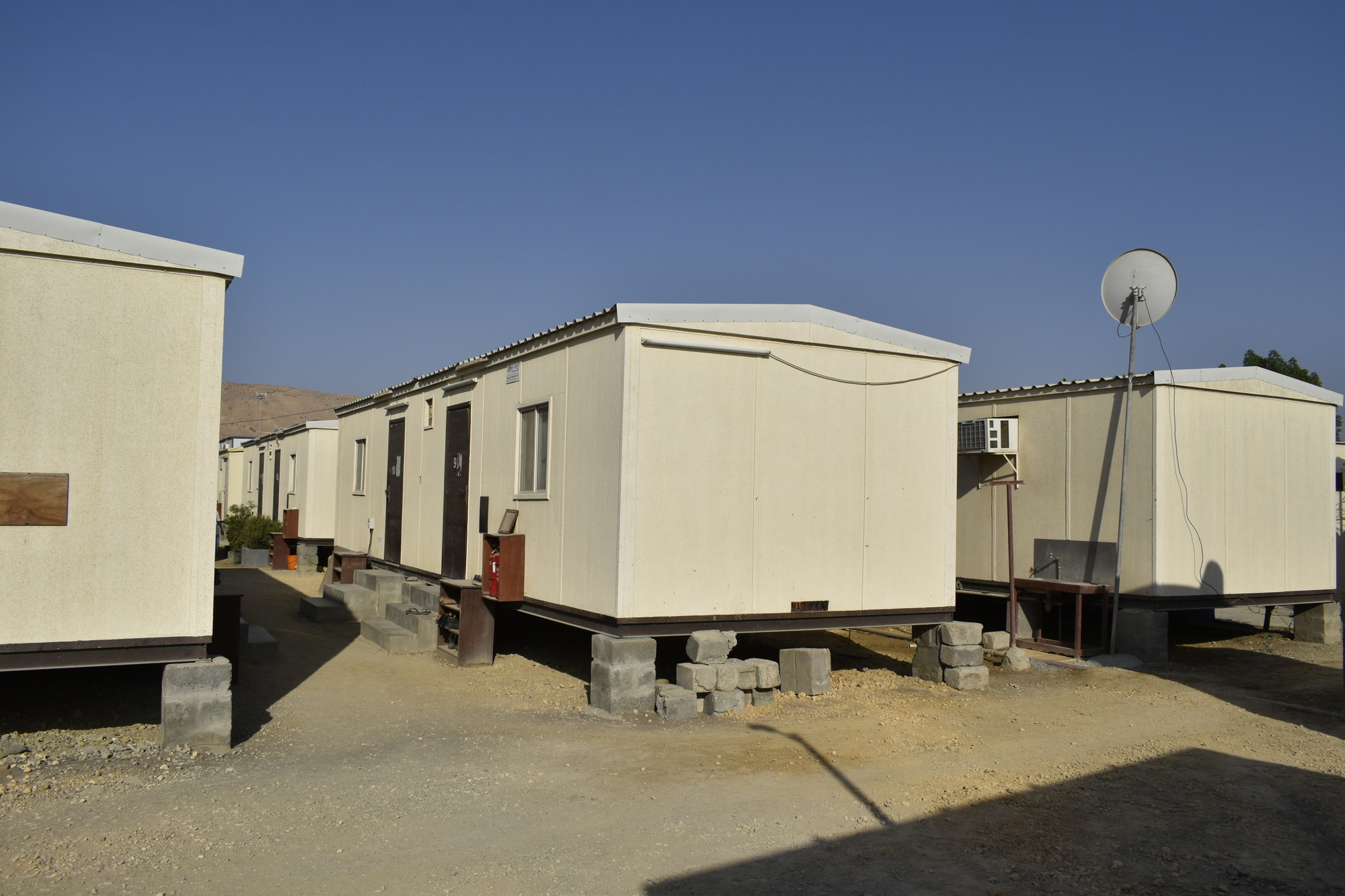
Any company with active operations in remote areas should place the greatest priority on worker safety. Building a safe and sustainable work environment in such locales has become a priority now more than ever with the increase of industries requiring workers to go to remote locations. Maximum protection is non-negotiable because such workers operate in isolated areas.
Companies can better protect their workers, reduce overall risks, improve safety measures, and mitigate irreparable damages by understanding the risks involved. Specifically, the health risks, environmental hazards, job hazards, and even mental health repercussions could be minimized when working in remote areas.
Below are protective measures that can help ensure workers’ safety:
-
Set Up Adequate Accommodation
Remote workers can find it challenging to balance commuting, putting in long shifts, and other requirements because remote job locations are significantly far from populated regions. In this light, workforce lodging solutions are the ideal option.
Depending on the location, work cabins insulate against extreme weather conditions, meaning they should protect workers from hot and cold temperatures, as the case may be. Employers should consider investing in optimal housing solutions that can withstand the weather conditions of the work site for workers’ protection. Also, ensure that all amenities that provide comfort are available and diligently maintained.

- Cold Locations: For ongoing work in below-freezing temperatures, remote workforce accommodations such as heated warming shelters, tents, and cabins are compulsory for staff protection. The use of modular construction is recommended for remote camps because they can be set up quickly and offer optimal housing solutions anywhere humanly habitable.
- Hot Locations: For ongoing work in parching locations, building solutions that can survive extremely high temperatures and radiation is ideal for workers’ safety.
- Windy Locations: Windy work sites necessitate building solutions that can survive violent wind patterns and the sand-blasting effects of powerful desert winds to ensure workers’ protection.
- Coastal Locations: Work sites along the coast must have housing structures with strength and endurance to withstand the corrosive sea spray and strong winds.
-
Provide Training On Emergency Procedures
Safety exercises and periodic training on emergency procedures and practices are required to maintain attentiveness. Qualified professionals must conduct drills for situations like floods, fires, earthquakes, snow storms, windstorms, sandstorms, facility evacuations, and power outages to ensure safety.
Workers in remote areas should also be aware of the negative consequences of exposure to harsh weather, heat-related illness, cold-related illness, appropriate work gear, physical fitness requirements, safe work practices, and emergency protocols in case of an environmental hazard.
-
Provide On-Site First Aid Facilities
In remote sites, the employer must maintain the health and safety of the workers. Since the location is far from hospitals, it’s essential to have a first aid station with a doctor or a trained emergency responder on call to handle any medical crises. Additionally, a working vehicle, preferably an ambulance, must be available for emergency transportation to the nearest healthcare facility.
-
Provide Adequate Personal Protective Equipment (PPE)
One of the best preventative strategies against accident-related injuries is the provision of PPE for workers on remote sites. When selecting protective gear, it’s necessary to examine the weather conditions, including the temperature, wind and rain speed, duration and type of labor, and level of intensity. No matter how risk-free the work may seem, wearing personal protective equipment should always be essential.
Personal protection equipment for workers should include footwear, eyewear, masks or helmets, gloves, and protective suits. These protective gears will lessen exposure to waterborne, bloodborne, or airborne infections. PPE also shields workers from exposure to bites from insects and animals and exposure to other biological agents.
-
Prioritize Workers’ Mental Health
Workers’ physical health is as important as their mental health. Workers who operate in isolated areas face an increased risk of mental health problems. Among the possible causes of mental health issues in remote areas are isolation, strenuous working conditions, and distance from family and loved ones.
Just as an emergency response is for tackling physical health risks, workplace wellness initiatives that can help address mental health problems are also a must. Some of such initiatives are stress management education, periodic mental health screening, provision of free counselling, and fostering healthy work practices.
-
Implement Buddy Systems
Companies should consider setting up buddy systems so that their employees can watch out for one another for extra on-site precautions. For this to work, all workers should receive detailed training on first aid and provide medical assistance during a health emergency. As an extra precaution, each shift should allocate at least one trained team member who can handle any crises that might occur.
Conclusion
Stress management education, the buddy system, adequate housing solutions, and protective clothing are just a few of the standard protective measures that should be put in place to protect workers in remote areas. Even if all of these precautions do not remove the dangers, putting them in place will give your employees the confidence they need to execute their work successfully.
You may be interested in: 6 Tips for Improving Your New Hire Onboarding Process

